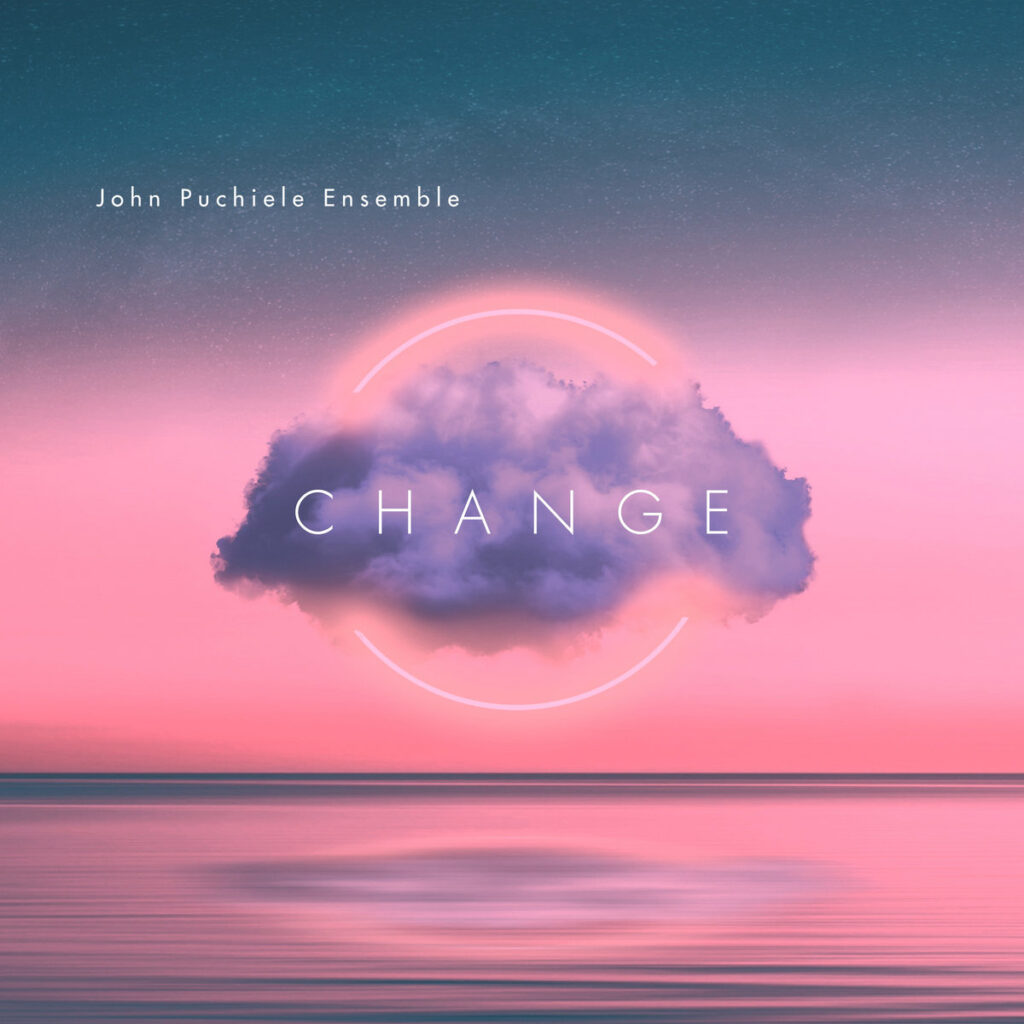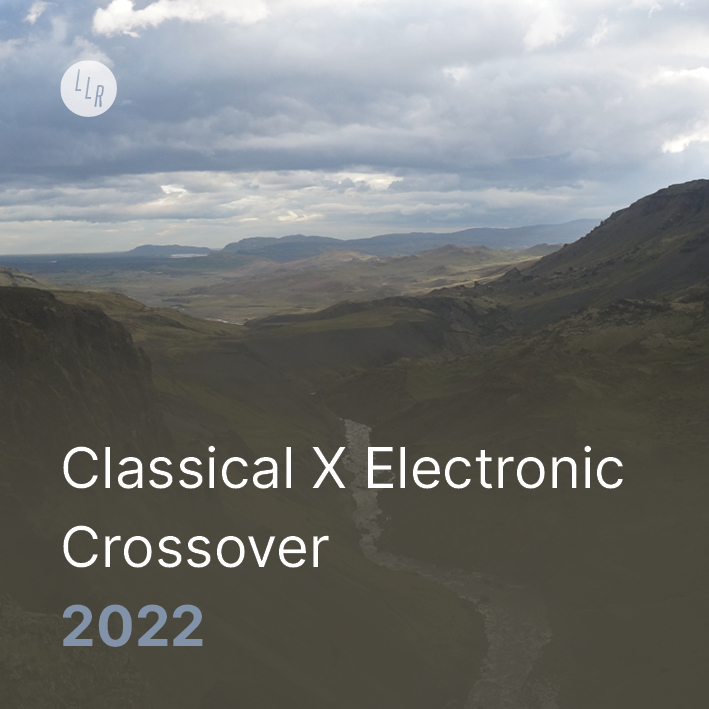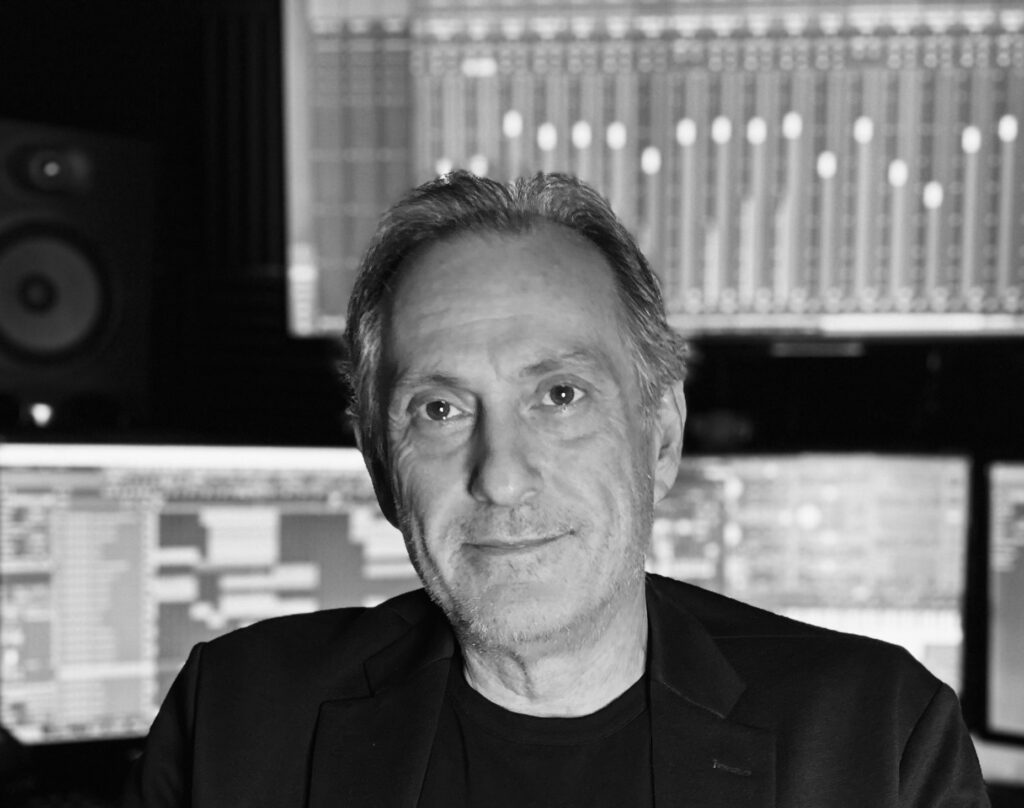
Hailing from Toronto, John Puchiele Ensemble bring us their latest album “CHANGE”. The album is a stunning piece of contemporary classical / electronic crossover music. At times swelling and graceful, and others dark and contemplative, the filmic listening experience will take you from the highs of m83’s Oblivion soundtrack to the depths of Vangeli’s Bladerunner OST. Check out our interview with John below to learn a little about the process for how CHANGE came together, and give it a listen on our Classical X Electronic Crossover playlist on Spotify.

Could you tell us a bit about yourself, where you’re from, and how that might have influenced your music?
I am composer from Toronto, Canada. The music of my youth was a blend of operatic and classical music that my Italian parents would play incessantly all the while psychedelic music was blasting from my older sister’s room! That was a definite influence!
I see you began using synthesizers at the age of 14. What synth were you using? How did that influence your music career and process to date?
Yes that was a surreal moment in my youth discovering the synthesizer. The synth in question was the Arp Odyssey (little brother to the ARP 2600). It changed my perception on how to play and write music as I am a piano player who dabbles with percussion. The ability to create colours and atmosphere with electronic instruments provides an expansive palette.

You work with a blend of contemporary classic and electronic elements that gives the music quite an ethereal texture. How did you decide to combine the two elements?
I love the idea of combining electronic and real instruments. The textures are compatible and yet they charge at each other which makes it even more interesting! As a composition student I discovered many composers like Edgar Varese and Stockhausen doing this first years ago ….and it stuck with me! My dream is to write an entire album using a small orchestra to create what I refer to my stuff as ambient orchestral music.
I have always been a very visual composer and I like to visualize as you say even before I start writing any music.
CHANGE has quite an atmospheric sound to it. How did you develop that character?
I am a big fan of creating some spatial sense in my music. In many cases I would write down on a notepad what kind of reverbs depths and processing I may use before writing the music.
Before the writing and recording I would jot down ideas of instrumentation and themes. Some pieces, the instrumentation is completely orchestrated. Ultimately I let my ear steer me to the sound that I am looking for.
I sense a bit of an environmental theme with the album, is that accurate, and if so how do you feel about that topic these days? What does the album mean to you?
Yes and thank you for catching that. I didn’t want the album to come off as something sanctimonious but it is inspired by climate change and how the world is changing for the worse as a result.
Time’s Up jumps out as quite a percussive composition, how did that arise as a focus on this song?
I wanted to create pulsating percussive piece with ambient textures. It is based on the pulse of a clock.
Several types of drums and some very unusual drums were used in the performance of this piece.
The album has quite a filmic quality and I see that you’ve previously worked in film and television scoring. Do you visualize the music at all as you’re working on it, and if so what do you see?
Yes, I agree! I have always been a very visual composer and I like to visualize as you say even before I start writing any music. Sometimes it may be a real vista or a city street etc; other times it is just my mind wandering.
You have 4 previous albums already under your belt, could you tell us a bit about what you did differently this time on CHANGE?
The process of writing each album has it’s similarities. With CHANGE I wanted to create more of a chronology with the thematic content. I was more aware of how one piece would relate to the next.
The album artwork on CHANGE is quite stunning, how did that come about and how did you execute it?
We worked on a couple of different album covers before changing the direction. With the help of AI we ended up with what you see. It was an interesting process!
